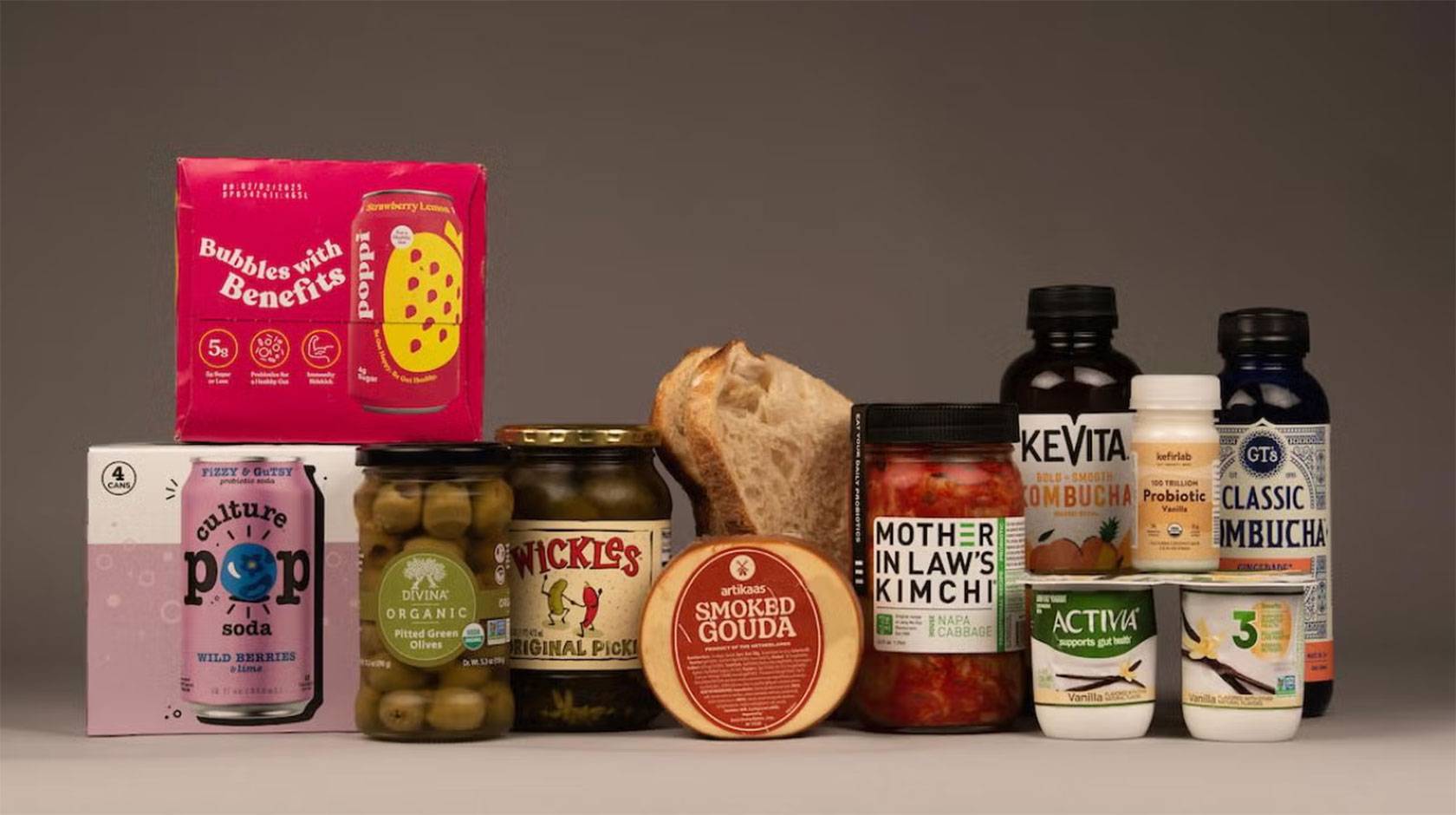Amy Quinton, UC Davis

Consumers may have noticed a recent trend in food and beverage products labeled probiotic or prebiotic. The products often say they “support a healthy gut” or “boost your immune system” by providing good microbes that are often missing from people’s diets. But how can consumers know if these products are really good for them?
A new episode of the UC Davis podcast Unfold took a closer look at the proliferation of probiotics and interviewed Maria Marco, a microbiologist and professor in the department of food science and technology at UC Davis. She co-authored a study providing the first large-scale estimate of live microorganisms in the U.S. diet. Here’s what we learned. You can also listen to the full podcast episode below.
What are probiotics?
Probiotics are live microorganisms that, when administered in sufficient amounts, confer a health benefit on the host. Probiotics have been studied in human clinical trials and have been shown to help your immune system function properly, reduce digestive symptoms and side effects of antibiotics, improve lactose intolerance and decrease the severity of some common infections.
There are so many foods and beverages that claim to be probiotic. Are they?
Not every live microorganism in a food, beverage or supplement can be defined as a probiotic. It’s a term that’s often misused by food and supplement companies to mean a friendly microbe. Many of the products labeled probiotic may have friendly microbes, but they are not specific strains of microbes that scientists have studied in human trials. To be a probiotic, the strain also must be ingested in the right amounts and, unfortunately, amounts and strains often aren’t on the label.
Then how can a consumer know they are purchasing a probiotic, rather than a product with good microbes?
Differentiating between products with probiotics versus friendly microbes requires some extra work for consumers. “Look for not just the species, but also a series of numbers or letters that come after the species name,” Marco said. “A common one you could see would be Lacticaseibacillus rhamnosus or Lactobacillus rhamnosus GG. GG is the strain.” You can find more help on reading probiotic labels at the International Scientific Association for Probiotics and Prebiotics, or ISAPP.
Do probiotics work for all of us?
According to the ISAPP, many factors can influence whether a probiotic would work for you, including your specific diet and what microbes are in your gut. Personal physiology may also play a role. A recent study from Marco and a team of scientists highlights the critical role diet plays and suggests that diet be considered in all clinical trials of both probiotics and prebiotics.
What is a prebiotic?
We can think of prebiotics as food for the beneficial microbes that already live in our large intestine. Often, prebiotics are types of soluble fiber. They include inulin, a carbohydrate and fructo-oligosaccharides, a type of carbohydrate found in plants. Prebiotics are found in lower levels in foods like whole grains, beans, onions, chicory root, garlic and artichokes.
What food products have friendly microbes?
Friendly, non-pathogenic microbes can be found in lower amounts in raw fruits and vegetables, and in higher amounts in fermented foods, like kimchi, sauerkraut and yogurt.
What are fermented foods?
A fermented food is a food or beverage made through desired growth and enzymatic conversion of food components. An example is yogurt, which is fermented milk. These foods contain non-harmful microbes, but aren’t automatically probiotic, which would require a proven health benefit.
Are we eating enough good gut microbes?
The sterilization of modern food production and the cleanliness of our environments have decreased the amounts of microbes we come in contact with or consume. “It's potentially true that we are depriving ourselves of friendly microbes,” said Marco. “A lot of our immune system is sampling from our digestive tract, and so when we don't have those exposures in our foods, we could be affecting our immune system, metabolism and other aspects of our health.” Marco’s research has found that most of our food does not have any microbes or has very low numbers of microbes.
Are “friendly” microbes healthy?
Marco authored a study showing that eating friendly microbes can have health benefits. She found that 100 grams of intake of microbe-containing food was associated with lower blood pressure, BMI, cholesterol, reduced waist circumference and other cardiometabolic benefits.

